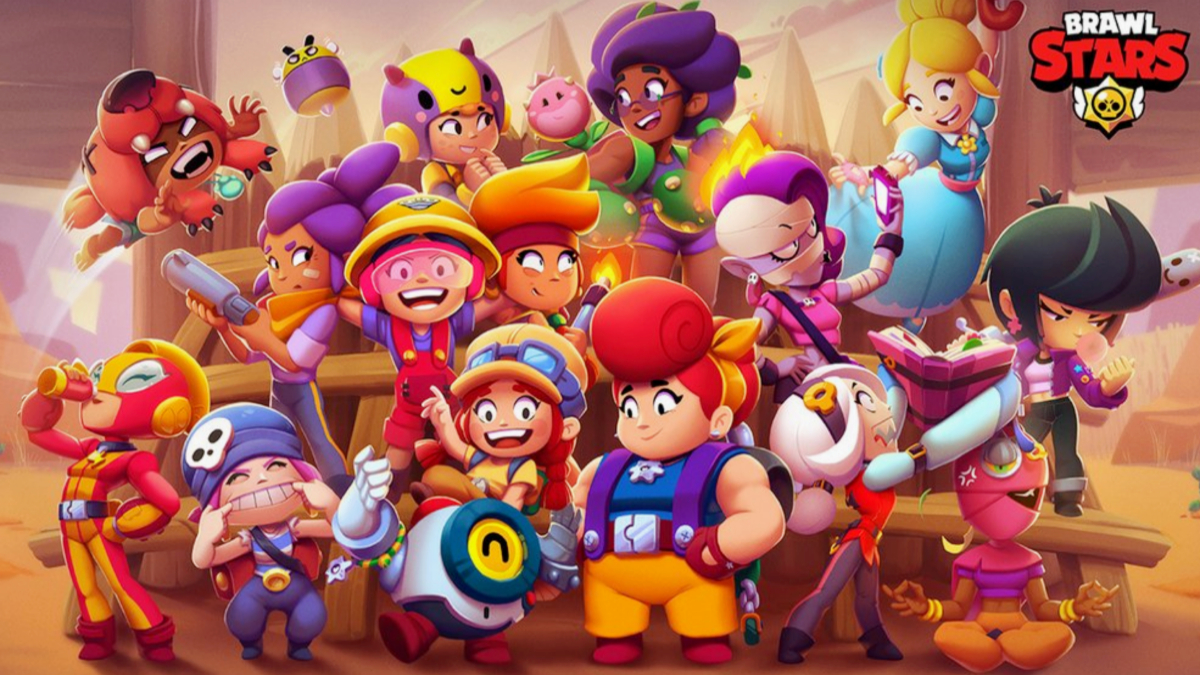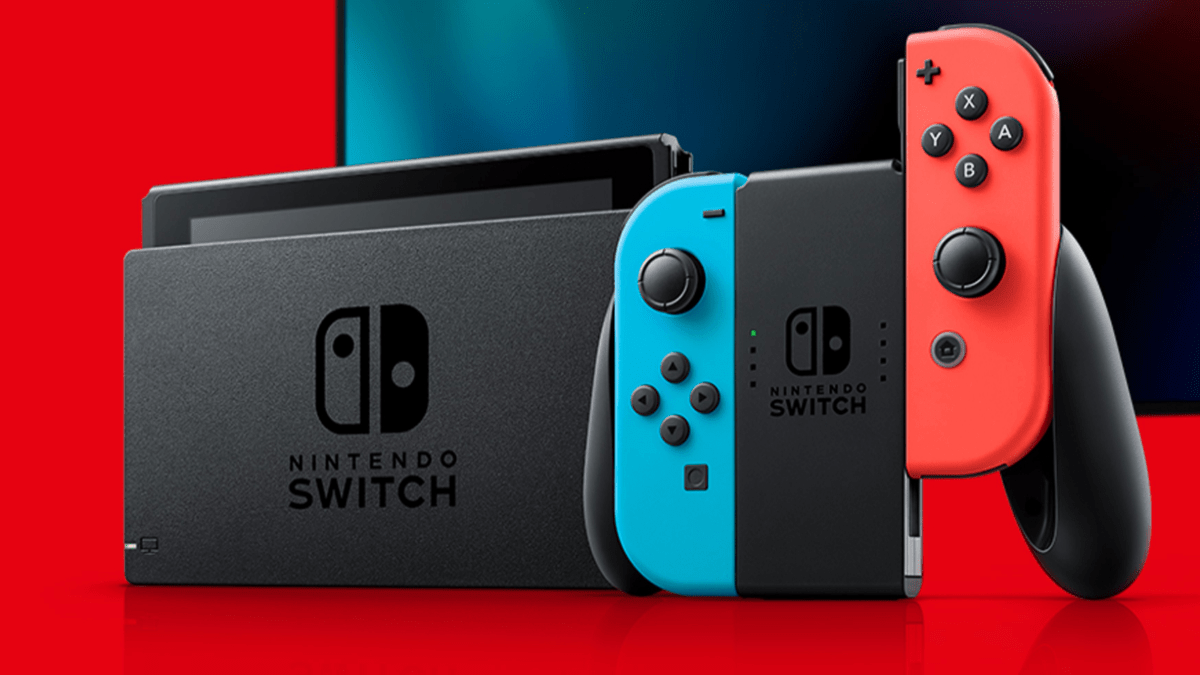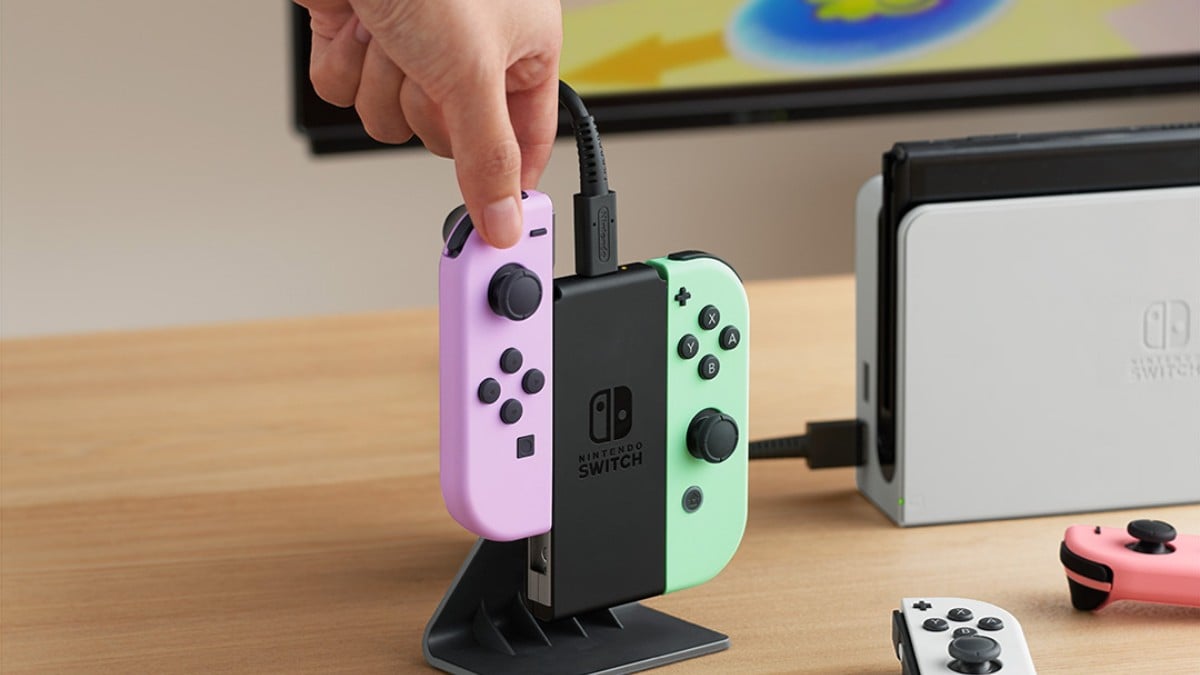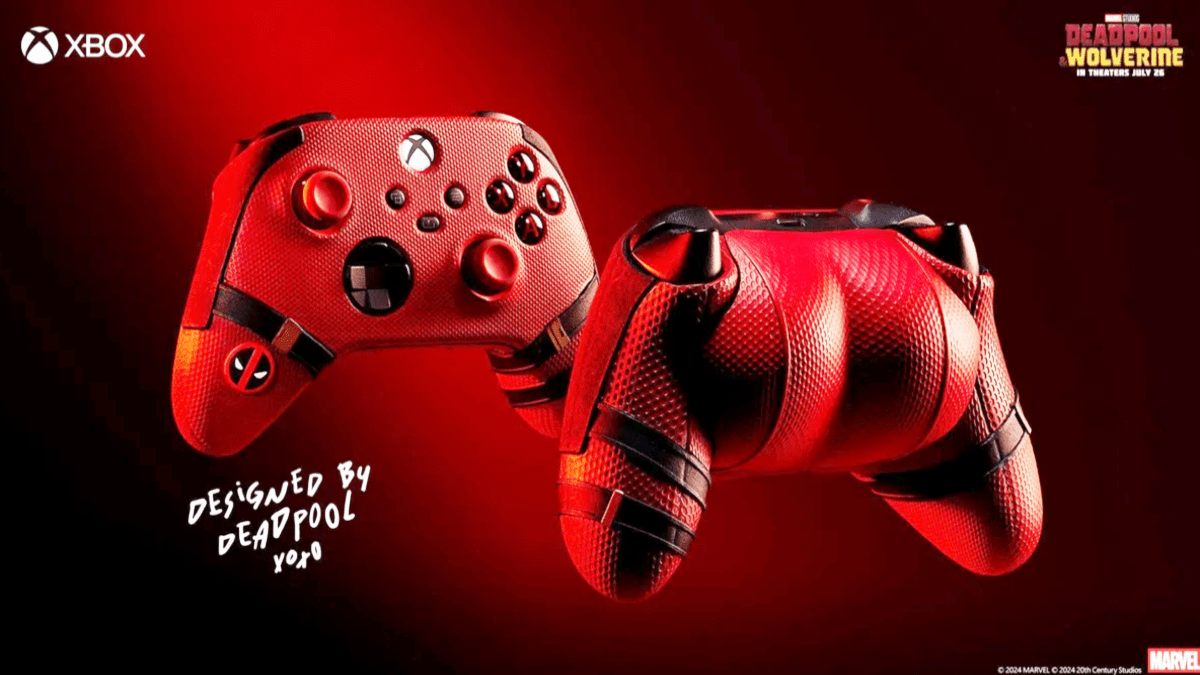
Although he’s gone by different names throughout his digital life, the exploits of Solid Snake have been well-documented for more than two decades. To the delight of stealth-action/espionage fans, Konami has put a lot of time and effort into creating rich and interesting games, under their Metal Gear and Metal Gear Solid brands. Quirky design, interesting storyline, unique game play and a great attention to detail, are what set these games apart from many other interactive franchises. Sure, some fans have complained about the odd thing over the course of time, but that’s to be expected.
With the release of the Metal Gear Solid HD Collection, fans of the series get to relive some of its most talked-about moments, while newcomers get to experience what all of the fuss is about. The folks at Bluepoint Games were given the opportunity to remaster three of the series’ most prominent releases: Metal Gear Solid 2: Sons of Liberty and Metal Gear Solid 3: Snake Eater from the PS2 era, as well as Metal Gear Solid: Peace Walker, which originally released for the PSP. The nice thing is that the former two happen to be the upgraded Substance and Subsistance releases, meaning that lots of extras are included, such as VR missions and the original two Metal Gear NES games. All three have been given due care in the transition from last generation’s visual output to today’s high-definition.
After popping in this Blu-ray disc (or DVD set,) gamers will be treated to a series timeline. Its origins begin in 1964, ending well into the second millennium. Based on this historical grid, it’s recommended that the games are played in the order of their content, which happens to be completely different from their release order. Due to that, you may notice that the first one on the list (Metal Gear Solid 3: Snake Eater), happens to be more advanced than the third one (Metal Gear Solid 2: Sons of Liberty). Then again, that’s just the recommended way of playing through this incredibly lengthy and incredibly interesting collection.
To say that this franchise has a rather convoluted and overly-intricate plot-line, would certainly be an understatement. In fact, this could be one of the most fleshed out and detailed premises found in any video game series. Unless you’re a longtime fan of the franchise, then you’re probably going to find things a bit tough to understand at first glance. It doesn’t help that the original Metal Gear Solid isn’t added in, which is a shame. Still, even with its omission, this is one heck of a package for a great price.

Each game plays similarly, using stealth as its basis. Confrontational action is something which you should avoid, because Snake doesn’t have the unlimited health that a character from Call of Duty would. As a result, it’s important to play within your means, avoiding combat whenever necessary. Use the elements and the environment to your advantage, and you should do well. Plus, make sure to have a ration equipped as opposed to a cigarette, so that health will be replenished upon the hero’s demise.
Control mechanics are different for all of the games included in this collection, meaning that it’s hard to give just one brief analysis. For the most part, they all function quite well, given today’s standards. However, there are some clunky elements which need to be forgiven. With the former PS2 releases, you’re getting the same console control schemes they had previously. However, Peace Walker never used to feature the option for dual-analog control – something that happens to factor in here, in a positive way. It’s nice to be able to use the right joystick for camera control.
Let’s take a look at the games in their release order, to avoid confusion.

Metal Gear Solid 2: Sons of Liberty:
When Metal Gear Solid 2 was originally released, it sparked quite a bit of outrage within the gaming community for abandoning Snake for a large portion of the game. Instead, we got Raiden, an effeminate hero who certainly didn’t live up to the gruff hero’s footsteps. Although many of my contemporaries and fellow gamers may have hated this change, it admittedly didn’t bug me nearly as much as it did them. Despite the change, the entire game was still very polished and incredibly engrossing. Counting the amount of hours that I put into that game would be quite difficult, forgiving the obvious lack of a log.
Its elements combine to tell the story of an offshore clean-up facility known as Big Shell. A terrorist group known as the Sons of Liberty, has taken over the rig, demanding an exorbitant amount of money as ransom for their held hostage: the President of the United States. Failure to meet those demands, they threaten, will result in massive destruction. This means that our cigarette-smoking hero must infiltrate his way into the area while trying to remain unnoticed. At least, until he disappears and young Raiden steps in to save the day.
Those hoping to completely understand everything going on, will want to play through Sons of Liberty more than once. The great amount of depth placed within its unraveling plot is almost staggering, leading to confusion at the end. Most will be a bit overwhelmed by all of the information coming at them, which is understandable. After all, this is the series that always gets a knock for being as much of a movie as it is an interactive gaming experience – something which will bother some, but doesn’t annoy me much at all. In a time where gamers are trying to prove that our favourite medium is just as much art as something filmed onto celluloid, this franchise is a great example to use.

Although other titles in the series have their quirks, this one takes the cake in my opinion. Kojima Productions‘ penchant for creating weird boss battles against colourful characters, is stretched further this time around. A great example is an obese man on rollerblades, who drops explosives as he glides across an above-ground deck. While its premise may be dark and full of political intrigue, hints of unexpected colour happen to change things up in interesting ways.
In the end, Metal Gear Solid 2: Sons of Liberty is a very solid game. While it’s not perfect and may rub some the wrong way, it’s hard to argue with the fact that the entire experience is a quality one. Looking back, the controls are a bit cumbersome, and the over the shoulder camera will take a while to get used to. However, despite those issues, it’s still very well worth playing through. That’s especially true for gamers who have yet to experience this game. It’s never looked better visually (looking a bit dated, but solid overall,) and plays very well on current generation technology.

Metal Gear Solid 3: Snake Eater:
Acting as a prequel, Metal Gear Solid 3: Snake Eater chronicles a stealth-based quest completed by a former U.S. Special Forces and CIA operative: Naked Snake. He’s dropped into the Tselinoyarsk, U.S.S.R. jungle, in dramatic fashion. Left to fend for himself, Snake must work his way through the bush, in order to aid a Soviet scientist in his attempt to defect to the other side. It’s a very plausible premise considering the action takes place in 1964, when the Cold War was a prevalent factor.
Not surprisingly, things don’t go as well as planned. The Boss – our hero’s mentor, who happens to be thought of as the mother of his individual group – ends up betraying the United States. Her defection to the Soviet side brings with it potentially brutal consequences based on her possessive equipment: two nukes. This throws a monkey wrench into the player’s heroic plan, creating another major story quest which has its own emotionally-driven plot lines. The end result is a very interesting and well-designed game, which once again boasts some colourful boss characters.
We all know that the core ingredient in Metal Gear Solid is stealth. Remaining undetected is the best way to get through hostile situations without any sort of fisticuffs of bullet-driven mayhem. Prior to Snake Eater, those elements were driven by hiding behind cover, sneaking alongside walls and watching enemy patterns. While those things still play a large role here, camouflage was added to really make players think about their surroundings. With the inclusion of different colours and types of camo, Snake can try to blend into his surroundings like never before. As a result, stealth-based sneak attacks receive a fashionable aid.

Apart from the other obvious change (the relatively open jungle, with its potentially dangerous creatures,) is the fact that players must truly fend for themselves when it comes to food and healing. Rations aren’t as much of a savior as they used to be, meaning that Snake must look to other means of supplementation. This is actually where the game’s title comes into play, as animals and reptiles can be killed for sustenance. Hunted food plays a large part in survival, as does the need to bandage and work on certain, area-specific injuries. Both elements really make you feel alone in the jungle, which is exactly what people want from this type of isolated experience.
Very lengthy and interesting to boot, Metal Gear Solid 3 is a great game. In fact, it’s one of the best that I’ve ever played in a gaming career that has spanned well over two decades by now. It’s rich in storyline detail, with gameplay that is both tense and relaxing at different points. If you haven’t played this title (or any Metal Gear Solid game), then it’s a phenomenal way to start your quest. Although the original PSX release is a masterpiece, this one takes the cake as my favourite series release. Based on others’ opinions mentioned over the years, quite a few feel the same way. If you feel differently, then that’s great. I know that the community is polarized when it comes to this debate.

Metal Gear Solid: Peace Walker:
Set in Costa Rica during the mid nineteen seventies, Metal Gear Solid: Peace Walker is a canon storyline that focuses on a period where Snake broke away from government work. It picks up during a training exercise on a rainy beach, where our hero is joining his Militaires San Frontiers (Military Without Borders) troops in a training exercise. After that in-depth and relatively well-done tutorial, players are enlisted into solving a crisis situation, which has been begun between the CIA and Russian KGB.
The experience differs from its kin in quite a few different ways. Its mission-based structure and required base management aspects are things that really change the way players interact within. Instead of completing objectives in a large world, with cutscenes adding a story-related interlude in-between, we’re given the chance to tackle different types of missions from a list. The main story still plays like similar to what it used to, except for the mission instigation part and the fact that you’re always taken back to a menu after completion of a ten to twenty-minute long objective.
As compensation for taking on the job, Snake and his team have been given the keys to an off-shore base. There, training exercises can be undertaken, with shooting galleries aplenty. However, there’s more to it than that. Not only is it a place to train and hone your skills; it’s also a place where allies are housed and put to work. In business fashion, players must assign different workers to tasks, such as weapon design, item research and the mess hall. Yes, you actually have to make sure that the troops have a constant supply of food. What’s nice is that rescued prisoners and knocked out enemy troops (decided POWs,) can be parachuted upwards into oblivion. Somehow, they make it to that refinery, where they can be put to work as well.

Ratings are awarded after the completion of each mission, providing different unlocks such as new weaponry. When enough money is accumulated, the research team will upgrade your arsenal with more powerful wares, creating a secondary system of sorts. Items get the same treatment, giving players something to look forward to trying out. Of course, the odd weapon will be picked up during game play – such as a rocket launcher.
One aspect of Peace Walker that I really liked, was its animated comic storyline presentation. Normally, those tend to feel like mediocre cost avoidance, but the included ones are very well-done. Not only are the drawings detailed, unique and well-animated, but they’re also very stylish. What really impressed me was how those segments had zoom-in capabilities, alongside interactive sections. For example: when an unmanned drone attacked a village, I got to use a penciled-in rocket launcher aiming reticule to systematically take out its drones. I don’t know about you, but that’s neat in my books. It was also a smart way to take advantage of the PSP’s capabilities, without stressing it.
Despite being a hand-held game, Peace Walker is a very fleshed out game, with the option to transfar saves from PSP to PS3 and back again. There’s a lot of game play to be found within the campaign, which is broken up into different acts. Scores are awarded based on the way you play, with knockouts and damage shown with different colours: blue and red. Going back to get a better rating is one way to add extra longevity to the experience, while the ability to play co-operative and competitive multiplayer factor in as two others. Teaming up with a friend is possible throughout the campaign, with four player boss battles added in. Multiplayer takes the form of death matches and team control games, which are decent, though they feel a bit out of place in this series.

While the other two games feature impressive remastering work, Peace Walker surprised me with its visual power. It looks great on a widescreen display, while running in 720p. Sure, some of the texture work is quite dated and lacking in detail compared to the others, or more modern releases, but that’s to be expected. The character models, environmental designs and action, all look very good. The folks at Bluepoint Games need to be commended for the work they did with Peace Walker, in terms of remastering and visual upgrading. That does apply to the other two games as well, as they both look very solid in high-definition. Their transition isn’t as notable, but a lot of work obviously went into making the games look as good as they do.
One of the things that Kojima Productions is known for, would be great presentation. All of their work on this series has featured top-notch visuals, great detail and innovative character designs. This attention to polish also factors in when you look at the series’ audio. David Hayter always does a great job as Snake. His flanking cast of associates, also do a good job of portraying their unique characters, for the most part. The writing is extravagant in its detail and complexity, almost to a fault. Luckily, it doesn’t feel like a caricature as a result. Add-in some great music (which has never sounded better), and you’ve got an audible treat to enjoy.
As you’ve surely guessed already, the Metal Gear Solid HD Collection is an absolute must-buy. If you haven’t picked it up already, then it’s highly recommended that you do so. This is a great compilation which includes not just two high-quality games, but three. Sure, there are some rough edges and control issues. Plus, it’s a bit annoying that you can’t go back to the main menu from Peace Walker‘s start list, but that’s okay. Some aspects do feel a tad dated, but that’s also to be expected. As a whole, this set is both a collection of very solid games, and a look back at one of gaming’s favourite sons. Those who like stealth-action games certainly need to apply. It’s just a shame that the original Metal Gear Solid game wasn’t included.
This one is for two different groups of people: the fans who’ve been with the series for years, as well as those who are interested in discovering what we all like so much about these games. Thankfully, it will impress both camps equally.
This review is based on a copy of the game that we received for review purposes.








Published: Nov 30, 2011 05:14 pm